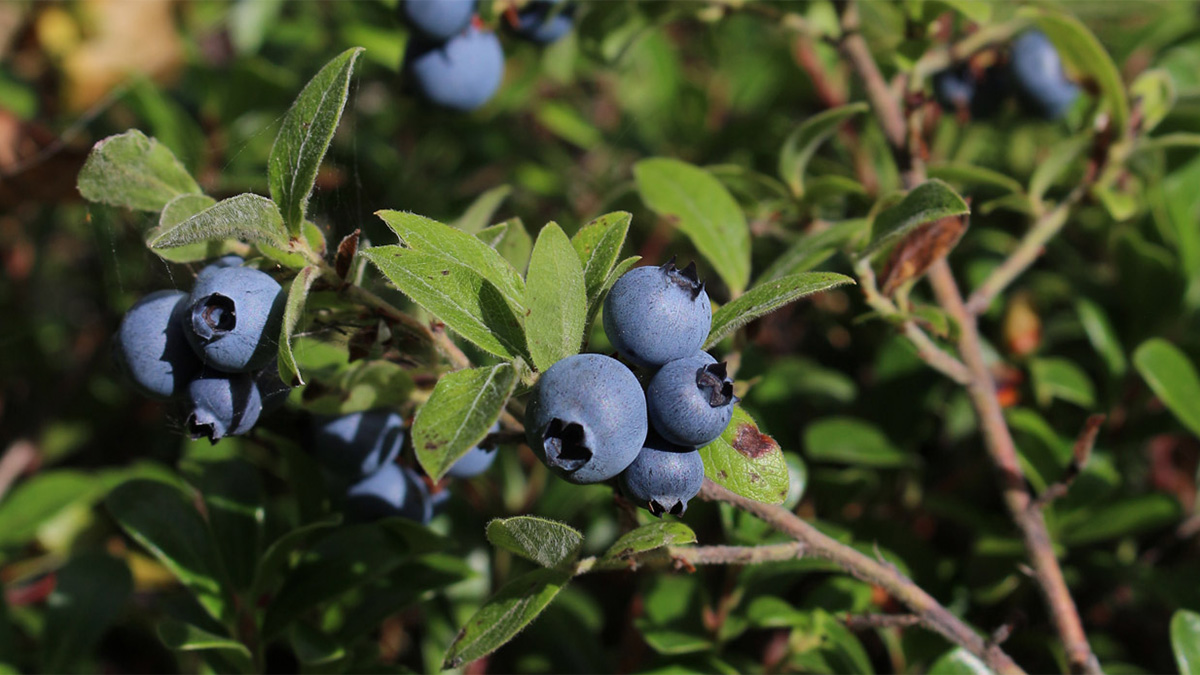Proven Tips to Successfully Grow Blueberries at Home

Blueberries are one of the most rewarding fruits to grow at home, offering delicious harvests and attractive foliage. While they are relatively low-maintenance once established, getting the basics right from the start makes all the difference. These simple but essential tips will help you grow healthy, productive blueberry plants in your own garden.
Choose the right variety for your climate
Selecting a blueberry variety suited to your region is one of the most important steps for success. Northern gardeners often do best with highbush or half-high types, while those in the South may prefer rabbiteye varieties, which handle heat and humidity better. Always check the plant’s hardiness zone and chill hour requirement to match it with your local conditions.
Prepare acidic, well-draining soil
Blueberries thrive in acidic soil with a pH between 4.5 and 5.5. If your soil is too alkaline, you can amend it using sulfur or peat moss several months before planting. Good drainage is equally important, as these shallow-rooted plants will struggle in compacted or heavy clay soil.
Plant in full sun with good airflow
Blueberries need plenty of direct sunlight to produce abundant fruit. Aim for six to eight hours per day and choose a planting site that is open and breezy to reduce the risk of fungal disease. Spacing plants three to five feet apart also helps air circulate, supporting both pollination and plant health.
Water consistently, but don’t overdo it
Consistent moisture is key for blueberries, especially during their first few years. Water deeply once or twice a week, depending on weather, and make sure the soil stays evenly moist but not soggy. Mulching helps reduce water loss while protecting the plant’s shallow roots from drying out.
Use mulch to suppress weeds and regulate moisture
A thick layer of organic mulch helps maintain the cool, moist conditions that blueberries prefer. Pine needles, bark chips, or aged sawdust are excellent choices that also contribute to soil acidity. Reapply mulch as it breaks down, keeping it a few inches away from the plant base to avoid stem rot.
Prune for better growth and bigger harvests
Annual pruning encourages healthier growth and larger berries by opening the plant to light and air. Remove dead or weak branches in late winter or early spring before new growth starts. As the bush matures, thinning out older canes will allow younger, more productive stems to flourish.
Protect your berries from birds and pests
Ripening berries are irresistible to birds, so covering your bushes with netting can help preserve your harvest. Regularly check for insect pests like aphids or spotted wing drosophila and treat problems early with organic sprays or traps. Keeping the area around your bushes clean also reduces hiding spots for unwanted visitors.
Conclusion
Growing blueberries successfully comes down to understanding their specific needs and giving them the right conditions to thrive. With careful variety selection, proper soil preparation, and consistent care, you can enjoy years of homegrown berries. Whether you’re planting your first bush or expanding an existing patch, these tips will set you up for sweet success.
